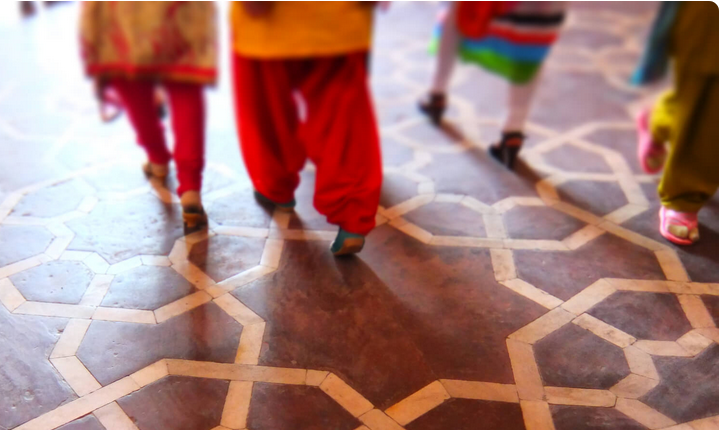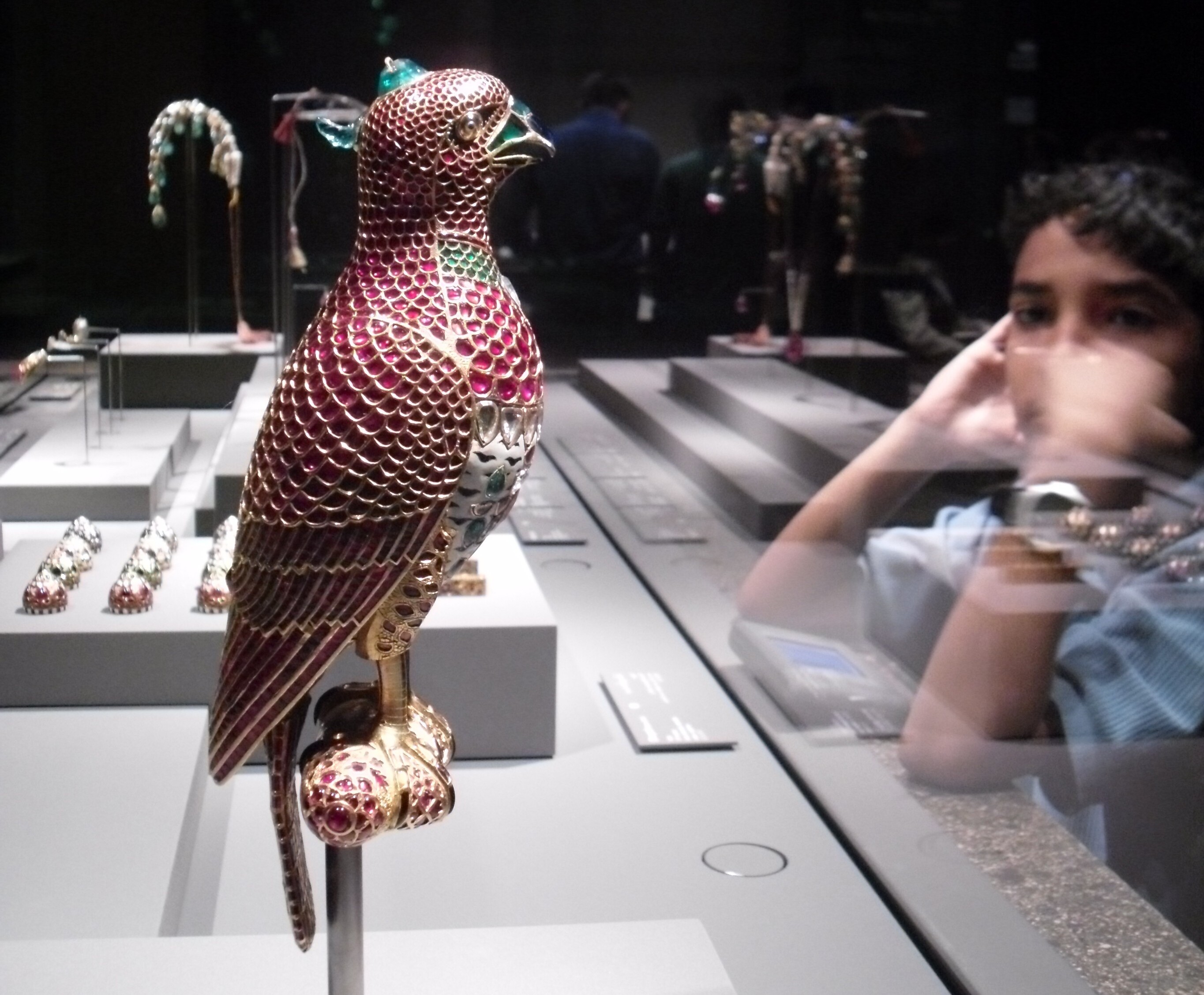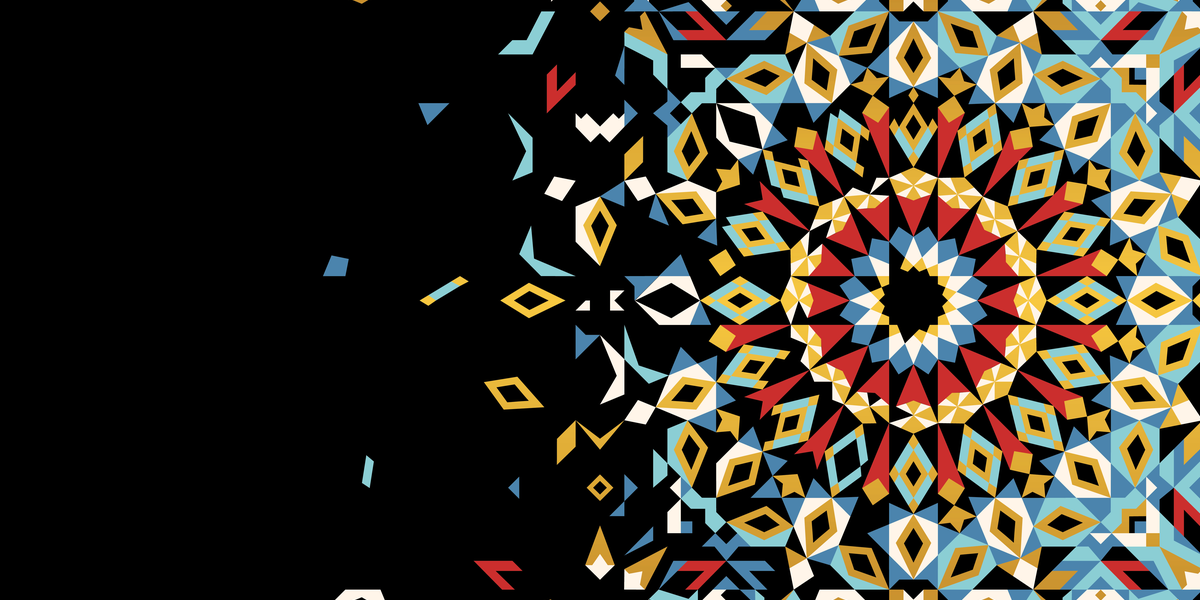Islamic art museums: opportunities to tour the past, understand the present and build the future
History is more than a set of chronological events, but connections to the present.
Beirut: Sometimes the pathways between historical events and their current relevance is obscured by a lack of knowledge linking the two, but when those connections are understood scientifically and without illusions, humanity has the chance to build a brighter future.
Museums are one mechanism by which to achieve that goal, meaning traversing their rooms does not simply represent an entertaining tour to view attractively presented historical objects in their appropriate period. Visiting a museum means experiencing the past in present time and walking those secret paths.
Following a museum tour, people have some keys for building a brighter future because the present, that becomes the past a second later, is more obvious.
The word museums is not new and originally meant a place constructed to Nine Muses or the arts over which they managed. The most famous one was in the 4th century BC Alexandria that included a library, scholarly research centre and collection of antiquities – a concept eerily similar to modern ones.
Art museums are a special sub-branch, more recent in origin than collections of artefact ones and defined as “permanent, non-profit institution(s) essentially educational and aesthetic in purpose. They house professional staff who acquire or own art works and thereafter care, interpret and exhibit them to the public on some regular schedule” (Encyclopaedia of Aesthetics, 1998, p. 302).
Representing a main part of human civilisation, Islamic civilisation has its own place in the museum world and occupies a vast place in art museums. It covers a significant area from Spain to China and includes the chronological range from the 600s to the present. Following the life line of the famous 14th century traveller Ibn Battuta shows this greatness of Islamic civilisation and the arts it has produced.
Born in Morocco and employed as a judge in India, the civilisation Abu Abhullah Muhammad ibn Battutah experienced still exists and displays an inordinate amount of artistic objects.
“Once you have an amazing collection and enough objects to be shown, the idea of the museum can be implemented, because you cannot invite people to see nothing,” said Anne-Marie Maila Afeiche, Director General of the General Council of Museums, Ministry of Culture, Lebanon.
Irish Islamic studies scholar Bernard O’Kane echoes her sentiments, saying Islamic art has more than enough amazing objects for display and “holds a unique place within the drip line of the history of art”.
|
|
The global renown of Islamic art
Given its greatness Islamic art has dedicated space in every great world museum as well as dedicated museums including the Museum of Islamic Art, Doha, Qatar and the Lusail Museum currently under construction. Also in Doha, it is due to become home to the most extensive collection of Oriental paintings, drawings, photographs, sculptures, rare texts and applied art.
There are also Islamic art museums in Cairo, Berlin, Kuala Lumpur, Copenhagen and across Turkey with their growing visitor numbers reflecting their success. Since opening three years ago, the Istanbul-based Grand Mosque of Çamlıca housing the Museum of Islamic Civilisations has hosted 25 million people.
Other successful examples include the Islamic Arts Biennale (Jeddah), Al-Faisal Museum for Arab-Islamic Art (Riyadh, Saudi Arabia), new Islamic Art gallery being arranged at the Salar Jung Museum (Hyderabad, India) and the Iziko Bo-Kaap Museum (Cape Town, South Africa).
The last, in collaboration with the South African Foundation for Islamic Art (Safia), launched a new exhibition of Islamic art titled Islamic Art – An African Interpretation, effectively doubling the size of the museum’s Islamic art galleries to 560m2.
However, having museums of Islamic art is not limited to studying the historical art of Islam’s collections. There is a need to assert the culture of the Muslim societies that invented these amazing objects – the reason why whatever is shown in the museum states: “Look at me. I am your past, you are my present and the coming generation is our future.”

The world’s top 100 museums attracted 71 million visitors last year. Humayun's tomb in Old Delhi (Paul Cochrane).
Historical trajectory of museums
Typically today’s museums are not carbon copies of yesterday’s ones. The first museums were places only open to the elite. In the 1750s they became public spaces and by the 19th century, museums were spreading across Europe and being classified as major arts, natural history, science museums.
These developments saw museums assume new roles as social reforms and education facilities for the public, while political leaders viewed them as enlightening places to crystallise morals, change behaviour and build the concept of a nation
Afeiche concurs, saying the Lebanese national museum was built between 1930 and 1937 and opened in 1942 at a time when people were looking for national identity. The building came to confirm that identity.
The 20th century introduction on non-western perspectives into museums triggered a huge expansion and they evolved into places for educational advance, but not without new challenges. In the 1930s museums were increasingly linked to school education, bringing its own challenges. A decade later labels, brochures and lectures were regular museum features and by the 1970s museums launched new educational methods including film and audio-based exhibitions. Research concluded in the 1990s showed museums not only provided rich education for families, but also direct support for schools. This later gave the museum staff a role within national education levels and standards, because, according to Afeich, “museums in general tell the history of the country”.
Given this history must be accessible and affordable to everyone, museums could provide suitable methods to deal with visitors’ ages, cultural backgrounds and income levels. That role enabled them to build strong relationships in social, cultural, political and economic fabrics so they became sites of performance and interactivity of a particular national culture and history.
“The role of museums as mediators among individuals, societies, nations and communities makes them powerful agents of cultural diplomacy and intercultural dialogue,” says Peter Keller, Director-General of the International Council of Museums (ICOM).
This power gave museums permission to be part of academic fields and develop their specialisation, namely museology or the study of museums including their history and role in society.

A 17th century jewelled falcon from India at the Islamic Art Museum Doha (Paul Cochrane).
Every object tells a story
Museology demonstrates some of the pathways linking the past and present as well as the link between different academic fields from art history to ethnology, zoology, architect and chemistry. These circumstances pushed the museums to form ICOM and establish International Museum Day held annually on or around 18 May.
“Every object tells the story of those people who lived before us; their rituals, habits, believes, norms, ideas, daily life patterns, social, political and economic structure... The object you see in the museum gives us information about the people who lived in this spot before us,” said Afeiche.
Museums represent a place where sciences can be intersected and consequently have a role to play in the country’s economy. The obvious intervention is job creation from professional to non-professional vacancies with museums requiring the skills of archaeologists, historians, sociologists, interior designers, architects and computer scientists.
They also encourage internal and external tourism. On internal level, museums can motivate citizens to move from one to another across the country, effectively boosting indirect economic activity like cafés, restaurants, public transportation and accommodation.
Afieche cites as examples:
-
10,000 people attended a museum night on International Museum Day 2018;
-
20% of Qataris visited the Islamic Art Museum Doha in one year;
-
the Grand Mosque of Çamlıca has hosted 25 million people since opening three years ago;
-
Egyptian historical sites and museums recorded 2.845 million visitors on International Museum Day 2018, a 20.5% year-on-year increase;
-
the country’s historical sites and museums generated EGP169.02 million ($9.1 million) in revenue in 2018, a 70.5% hike year-on-year and
-
ICOM figures show the world’s top 100 institutions had a combined total of 71 million visitors last year against 54 million in 2020.
Welcome to the world of museums in general and Islamic art museums specifically because they have the power to be the safe-keepers of our memories.
© SalaamGateway.com 2022. All Rights Reserved

Ahmad Dirki